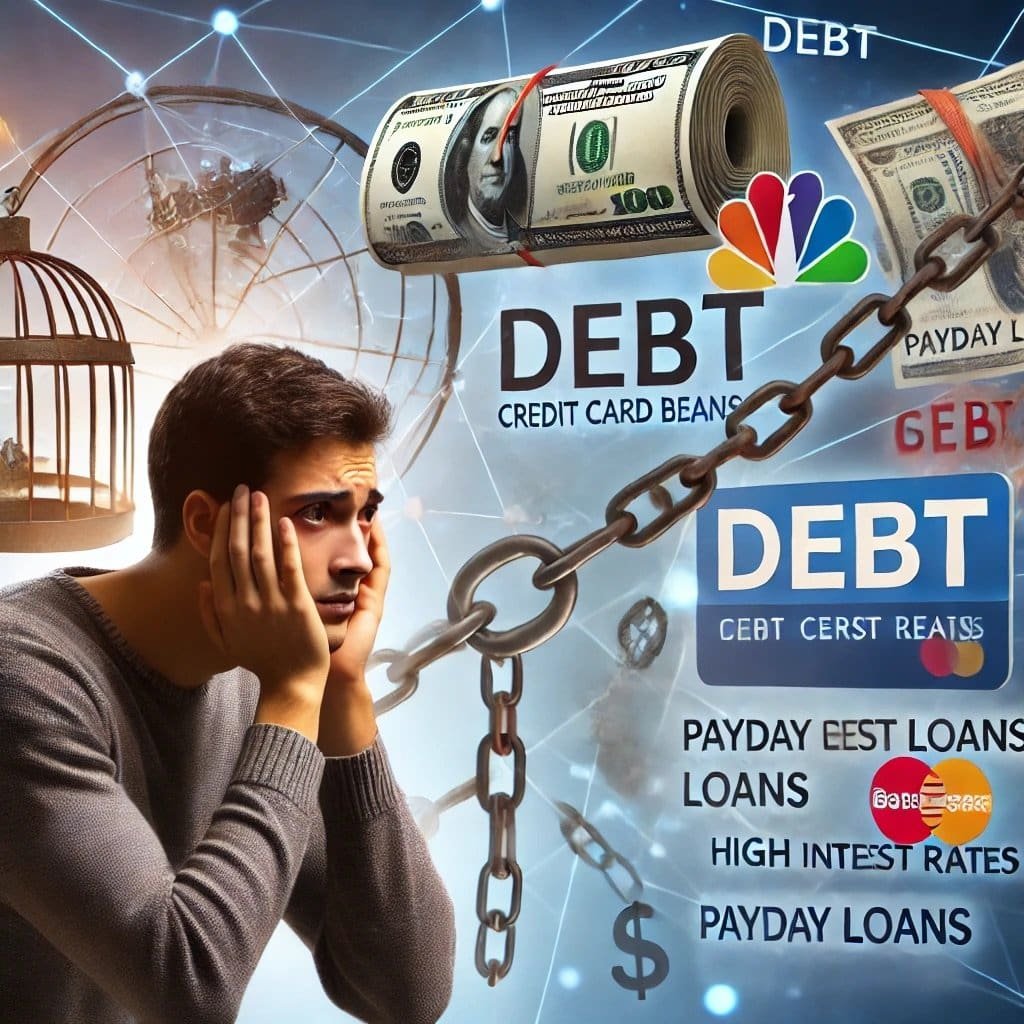Debt is a financial tool that can either help you build wealth or lead to financial strain, depending on how it’s used. Understanding the difference between good debt and bad debt is essential for making informed borrowing decisions and managing your finances responsibly.
What is Good Debt?
Good debt refers to borrowing that improves your financial future. It typically involves investments in things that increase in value or generate income over time, helping you build wealth. Good debt is often considered a smart financial move if it contributes to your long-term success.
1. Mortgage Loans: Buying a home is one of the most common forms of good debt. Real estate tends to appreciate over time, making homeownership a valuable investment. A mortgage allows you to spread the cost of the home over many years, and as property values rise, so does your equity.
2. Student Loans: Education is an investment in your future earning potential. By taking on student loans, you’re funding your ability to earn a higher income in the future. While it’s essential to borrow responsibly, an education loan can be considered good debt if it helps you secure a better-paying job.
3. Business Loans: Borrowing to start or expand a business can be classified as good debt if the business generates profit and grows over time. Business loans help entrepreneurs invest in resources, products, and growth strategies that ultimately lead to financial success.
4. Investing in Yourself: Whether through certifications, skills training, or health improvements, borrowing money to enhance your career or personal development can be viewed as good debt, as it improves your ability to earn more in the future.
What is Bad Debt?
Bad debt is borrowing money for items that don’t provide future financial benefits or that depreciate quickly. This type of debt often leads to financial strain because it doesn’t contribute to building wealth or improving financial well-being.
1. Credit Card Debt: High-interest credit card debt is a common example of bad debt. While credit cards can be useful for convenience, carrying a balance with high interest rates can quickly lead to financial trouble. Interest compounds on unpaid balances, making it difficult to pay off and draining your financial resources.
2. Payday Loans: Payday loans are short-term, high-interest loans that are typically due on your next payday. These loans are often predatory and come with exorbitant interest rates, leading to a cycle of debt that’s hard to escape. Payday loans are widely considered one of the worst forms of debt.
3. Car Loans: While a car may be necessary for daily life, it’s a depreciating asset, meaning it loses value over time. Financing a car with a long-term loan at high interest can result in paying far more than the car’s worth, making it a form of bad debt if not handled carefully.
4. Retail Financing: Store credit cards or installment payment plans for non-essential purchases like electronics or luxury items can lead to bad debt. These items don’t hold long-term value, and financing them at high interest rates can strain your finances.
Key Differences Between Good and Bad Debt
1. Purpose: Good debt typically funds assets that appreciate in value or generate future income. Bad debt, on the other hand, is often used to finance items that lose value over time or provide no future financial benefit.
2. Interest Rates: Good debt usually comes with lower interest rates because it’s tied to assets like homes or businesses that have intrinsic value. Bad debt often carries high interest rates, making it harder to pay off and manage.
3. Potential for Financial Growth: Good debt helps build wealth by increasing your net worth over time. Bad debt can drain your resources, leading to financial stress and reducing your ability to save or invest for the future.
How to Manage Debt Wisely
1. Borrow for Growth: Focus on taking on debt that improves your financial standing over time, like mortgages or student loans. Avoid borrowing for depreciating assets or non-essential purchases.
2. Limit High-Interest Debt: If you must use a credit card, aim to pay off the balance in full each month to avoid accruing interest. Avoid payday loans and high-interest personal loans whenever possible.
3. Prioritize Debt Repayment: If you have both good and bad debt, prioritize paying off high-interest, bad debt first. Reducing bad debt frees up more money to invest in long-term financial growth.
4. Use Debt Responsibly: Only borrow what you need and can reasonably repay. Always consider whether the debt you’re taking on will help you achieve your financial goals.
Conclusion
Not all debt is created equal. Good debt helps you build wealth and invest in your future, while bad debt can trap you in a cycle of high interest payments and financial strain. By understanding the difference between the two and making smart borrowing decisions, you can leverage debt as a tool for financial growth rather than a burden.


